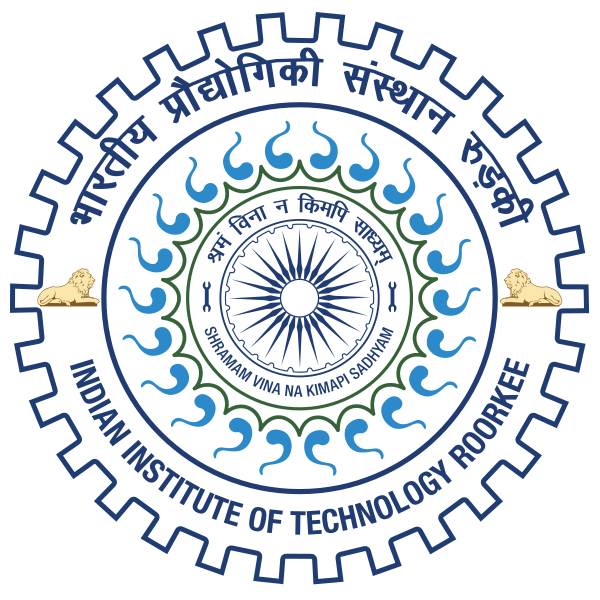Please use this identifier to cite or link to this item:
http://localhost:8081/jspui/handle/123456789/18399Full metadata record
| DC Field | Value | Language |
|---|---|---|
| dc.contributor.author | Raj, Yash | - |
| dc.date.accessioned | 2025-10-28T16:27:18Z | - |
| dc.date.available | 2025-10-28T16:27:18Z | - |
| dc.date.issued | 2024-05 | - |
| dc.identifier.uri | http://localhost:8081/jspui/handle/123456789/18399 | - |
| dc.guide | Devadas, V. | en_US |
| dc.description.abstract | Cities already house more than half of the world's population, and by 2050, that number is predicted to almost triple due to urbanization. Due to economic growth, cities are growing faster than ever before. This presents problems including resource depletion and unsustainable sprawl, especially in emerging countries like India. A crucial paradigm for addressing these issues is sustainable development, which aims to maximize financial rewards while protecting natural resources for future generations. Developing a sustainable development plan for a district requires a comprehensive strategy that strikes a balance between social justice, economic prosperity, and environmental protection. Stakeholders first work together to thoroughly evaluate the district's existing situation before defining a vision and SMART objectives for sustainable growth. Sectoral policies that are in line with this vision tackle issues including infrastructure improvement, social welfare, economic development, and environmental protection. While monitoring and evaluation methods track progress and assist decision-making, resource mobilization and creative finance strategies are essential for plan execution. Building local institutions' capacity and exchanging information empowers them, enabling the successful adoption of sustainable practices. Working together with stakeholders—government departments, corporations, and neighborhood associations—boosts group efforts to accomplish sustainability objectives. Over the source of this report, there has been a lot of secondary data analysis and primary survey analysis, based on which various suggestions have been given use of URDPFI, Perception survey, Household survey, etc. The solution will reflect how it is important to have a holistic approach to solving the issue in the district, rather than having a short-sighted vision. | en_US |
| dc.language.iso | en | en_US |
| dc.publisher | IIT, Roorkee | en_US |
| dc.subject | Sustainable development, development plan. | en_US |
| dc.title | PLANNING FOR SUSTAINABLE DEVELOPMENT OF SHAHJAHANPUR DISTRICT, UTTAR PRADESH | en_US |
| dc.type | Dissertations | en_US |
| Appears in Collections: | MASTERS' THESES ( A&P) | |
Files in This Item:
| File | Description | Size | Format | |
|---|---|---|---|---|
| 22511013_YASH RAJ.pdf | 9.03 MB | Adobe PDF | View/Open |
Items in DSpace are protected by copyright, with all rights reserved, unless otherwise indicated.

